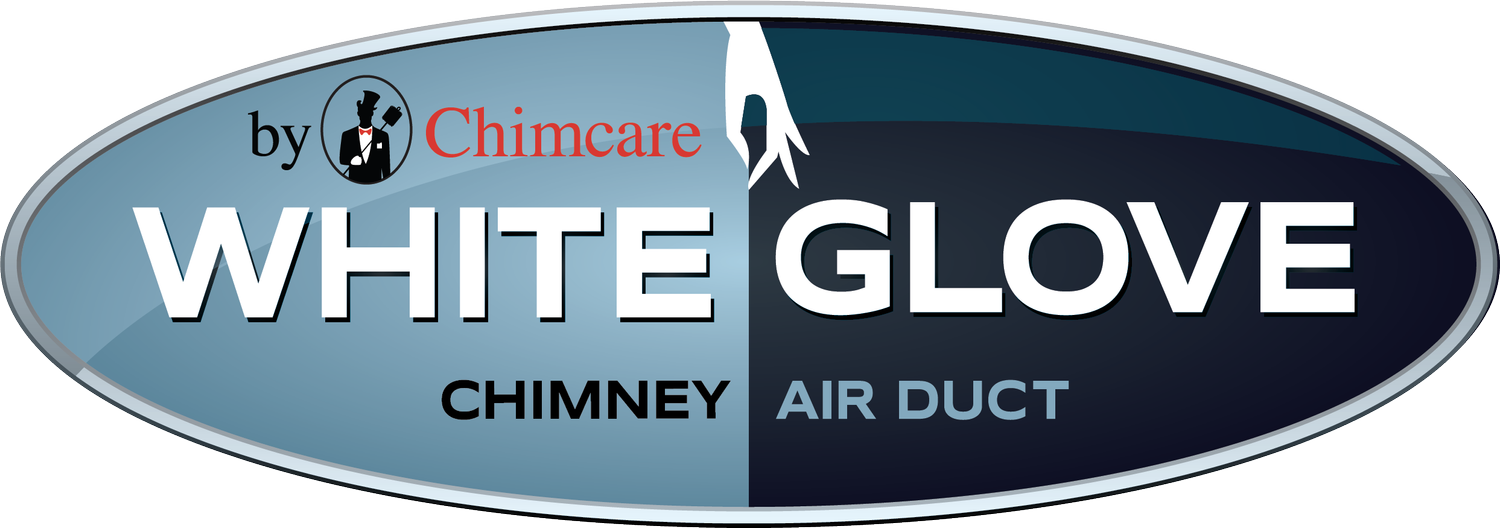Chimney Sweeps Do Not Sweep Chimneys
The typical image of a chimney sweep in the United States is of a soot-covered guy who stands on a roof and runs a brush up and down the chimney. Some would add the happy-go-lucky image of Bert in Mary Poppins. While, unfortunately, many sweeps are exactly this image, you should expect more when it comes to home maintenance and safety.
Let me get it out right in front – Professional Chimney Sweeps do not sweep chimneys.
Nobody wants a clean chimney. What we want is a chimney that is safe to use. The idea is to show you why sweeping a chimney is not the most important part of what we do. We will make you an inspector, so you can prevent a flue fire.
When investigating the cause and origin of a fire the first thing looked at is the spread – typically upward and outward. So when you look at photos of chimney fires, you can often identify where they started and ascertain clues as to how to prevent them.
Professional chimney sweeps are inspectors first and foremost. It doesn’t do anyone a good service to “clean” the chimney when it is not safe to use for other reasons. It takes little brains to run a brush up and down. But to understand building techniques, code requirements and chimney systems spanning decades, to track the way air moves through a home (physics), and the combustion process (chemistry), and to apply them in each unique home… that takes education and training.
Knowledge of metallurgy, framing, gas piping, electronics, electrical systems, sheet metal, masonry, engineering specifications, building and fire codes, inspection protocols, combustible fuels and venting properties… and more… is needed to be able to professionally evaluate the condition of the place inside your home where you build a fire. A chimney sweep is the multi-tool of the trades.
Chimney systems need to be inspected by a professional who knows what they are looking at. White Glove techs start out with 70 hours online and 70 classroom/lab hours before they go out to help on a truck. Last year they had an additional 80 hours in training offsite – at conferences and seminars. CSIA National certification requires study, a six-hour review, and then 48 hours of continuing education to maintain the certificate, assuming the candidate passes the exam. NFI requires study initially and then 36 hours of CEUs to maintain it after successfully passing two exams.
None of this education is required to be a chimney sweep. But at White Glove we require it because that’s just how we are. We want to offer you the best for your home. If you are in need of chimney services, don't hesitate to give us a call.

